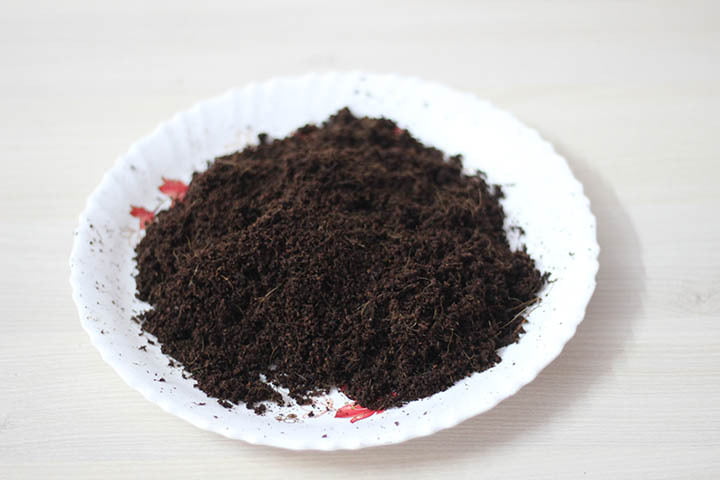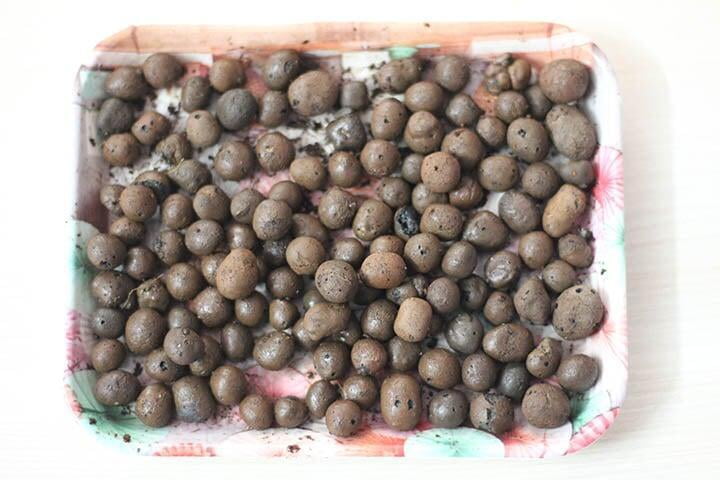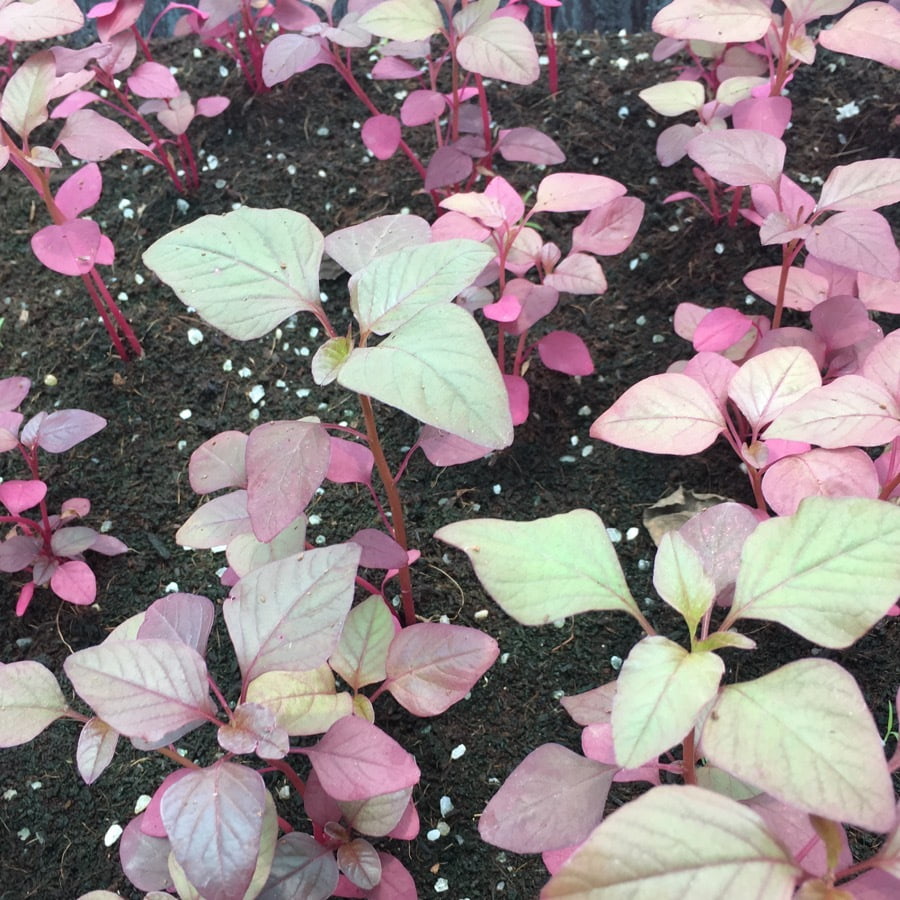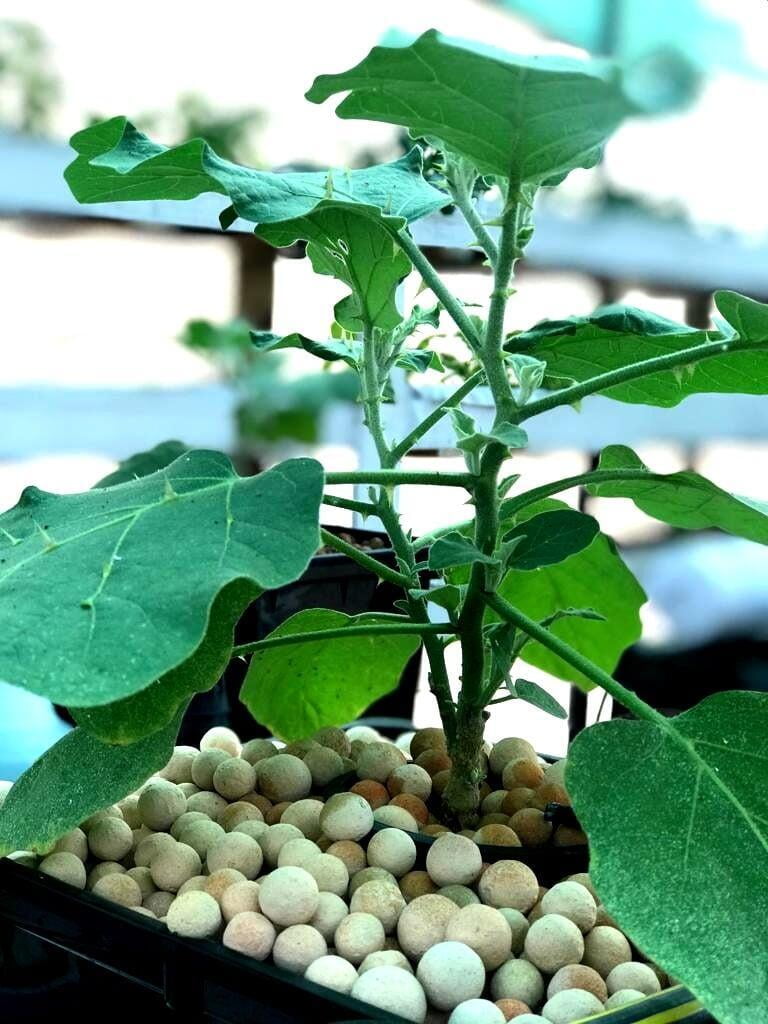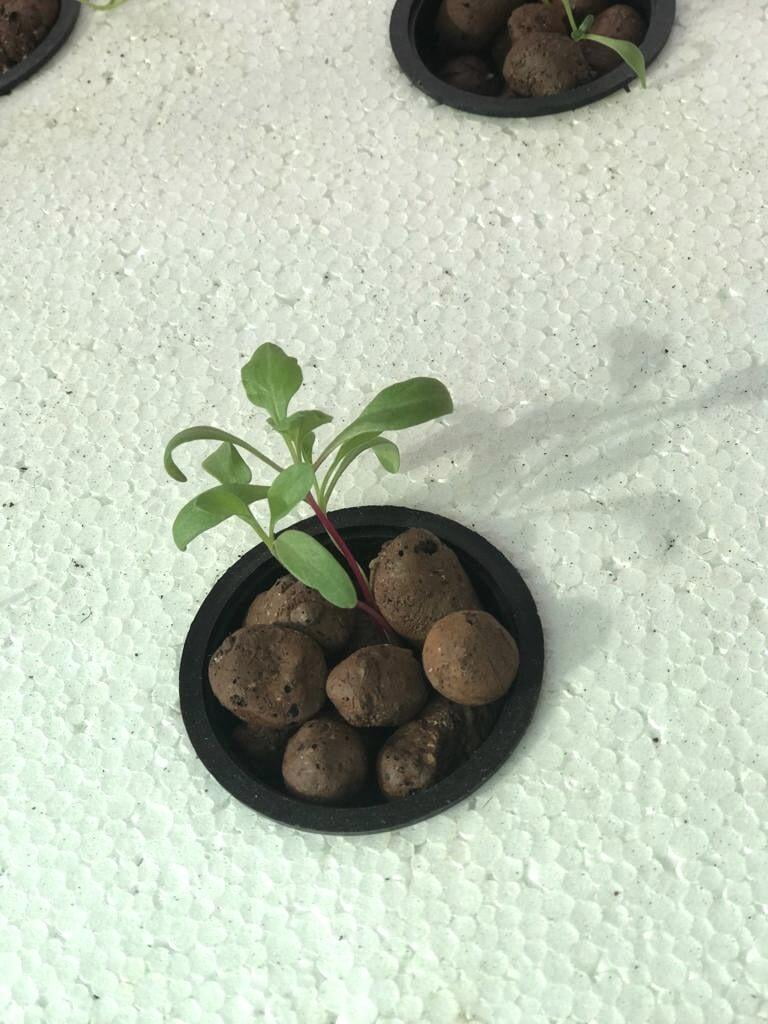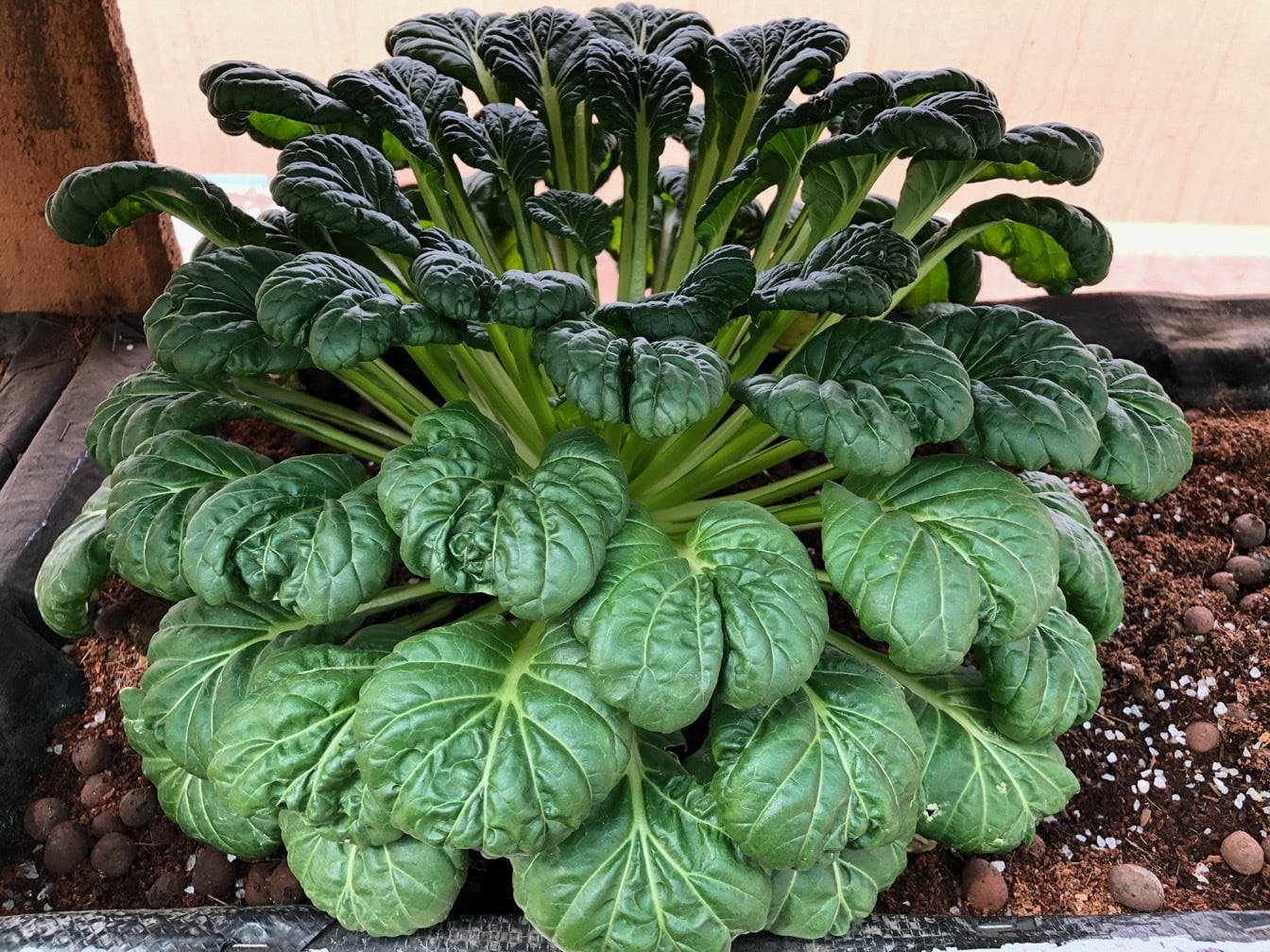When it comes to growing crops, there are several popular (and some not so famous) grow mediums that can replace soil like Vermiculite, Perlite, Rockwool, Coco peat, Hydroton, Growstone, Floral foams, Sponges, Gravel, etc.
Each one of these has its pros and cons. No particular medium may be overall best, but depending on specific set-up, one medium may be superior to others. In this article, we will explain why we recommend using Coco Peat and Hydrotons for a home-based Kitchen Gardens.
What makes an ideal growing media
Before we can identify the best medium for growing crops, it is imperative to understand what role does grow medium plays in the crop life cycle. Grow medium is the zone that houses the plant's roots. Any medium that can provide ideal conditions for root growth would be an excellent growing medium to replace soil. For perfect growth, plants need their roots to be in a zone that maintains slightly acidic pH (between 5.5 to 6.5), provides a sufficient amount of oxygen, does not result in inundation of roots, and neither allow them to dry out completely.
If you consider Coco Peat and Hydrotons, they appear right on most of these counts.
Cocopeat
Coco Peat is made out of dried coconut husk. It is pH neutral, which is ideal for plant growth and does not need pre-treatment before sowing, unlike various other grow mediums (including soil in some cases). It has a high water absorption capacity and also promotes root aeration as it retains a good amount of air even when wet. Further, Coco peat also has limited antifungal properties, which help in keeping pests away.
Clay Hydrotons (Leca)
Expanded Clay Pellets (popularly known as 'Hydrotons', the brand under which they were first manufactured and sold by a German company named Okotau) are formed by expanding clay at very high temperatures. This process turns small clay pellets into large porous balls that boast of high water retention and drainage properties along with inherent features that allow for continuous oxygen exchange in the growing medium. Further, they are also pH neutral and can be sterilized and reused multiple times.
Fly-Ash Hydrotons
A cheaper alternative to leca is fly-ash pebbles, often mislabelled and sold as leca by various vendors. The difference between real clay based leca and fly-ash based Hydrotons is that the latter is made out of fly-ash which is a by product of coal and cement industries. For mixing with cocopeat, even fly-ash hydrotons will provide most of the benefits that leca would.
Though both are suitable mediums and can be used individually in specific set-ups (cocopeat in grow bags or kitchen garden and Hydrotons in Dutch Buckets or NFT systems). However, combining the two brings the best of both worlds for a kitchen gardener. Let us explain why.
Ideal growing media for Kitchen Garden
As pointed out earlier, an ideal growing medium should not only have good water retention capability but should also allow enough aeration in the root zone so that plants have good availability of oxygen in the root zone.
Cocopeat, though, has excellent water retention capabilities, it does not have good aeration capabilities. Also, with time the cocopeat compresses, further reducing the availability of oxygen in the root zone. That is one reason why you need to replace the cocopeat in your garden after every few crop cycles.
Hydrotons, on the other hand, provides excellent aeration but dry out quickly. If you mix cocopeat with Hydrotons, then due to the presence of big size Hydrotons, the aeration quality of growing media improves. At the same time, the water holding capacity of cocopeat ensures a perfect balance of moisture and oxygen, which does wonders for the root growth.
As such, if you mix 15% to 20% clay balls or fly ash balls to the cocopeat, you will notice improved plant growth, and it will also increase the longevity of the growing media.
Happy Farming!
